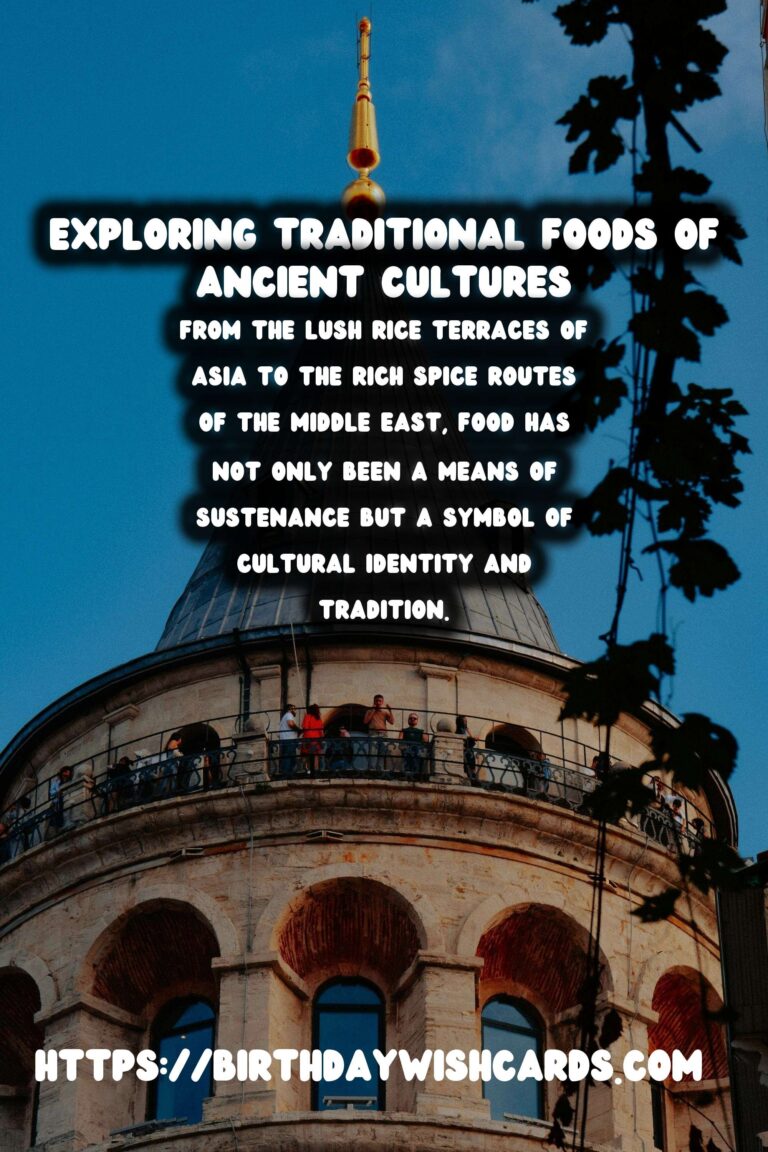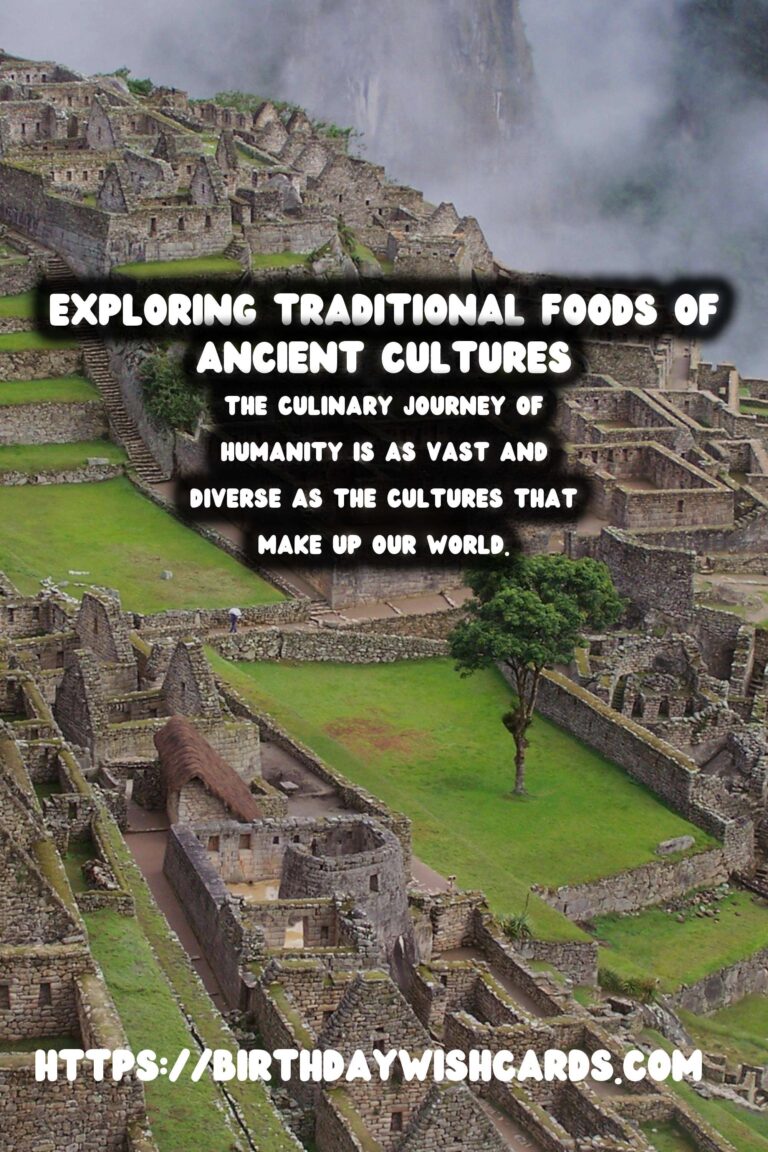
The culinary journey of humanity is as vast and diverse as the cultures that make up our world. From the lush rice terraces of Asia to the rich spice routes of the Middle East, food has not only been a means of sustenance but a symbol of cultural identity and tradition. In this comprehensive exploration, we delve into the traditional foods of ancient cultures, uncovering the historical significance and delectable stories behind each dish.
nn
The Ancient Grains of Africa
n
Africa is often regarded as the cradle of humanity and its culinary roots run deep into the ground that bore our ancestors. Among the gems of African gastronomy are the ancient grains like sorghum, millet, and teff. These staple grains were not only resilient crops but also provided the nutritional backbone for many African societies.
n
Sorghum, for instance, is a drought-resistant grain that has been cultivated for over 5,000 years. Its versatility allowed ancient African cultures to use it in various forms including porridge, bread, and even alcoholic beverages. Millet, on the other hand, was celebrated for its adaptability to arid and semi-arid regions, making it a crucial crop for feeding large populations.
nn
Asian Rice: The Lifeline of Civilizations
n
Rice has been a fundamental part of Asian cuisine for thousands of years. Its history is intricately tied to the rise of civilizations across the continent. The ancient cultures of China and India mastered rice cultivation about 8,000 years ago, affecting social structures, economies, and dietary habits.
n
Rice paddies became a familiar sight as agricultural techniques improved, allowing populations to thrive and expand. The grain’s importance was not merely nutritional but also ceremonial, used in religious offerings and festivals across the region. In many Asian societies, rice symbolized prosperity and was revered as the essence of life.
nn
Middle Eastern Spice Routes
n
The Middle East, often referred to as the birthplace of spices, played a pivotal role in the trade routes that connected the old world. Spices such as saffron, cardamom, and cinnamon were highly prized and became cornerstones of Middle Eastern cuisine.
n
The significance of these spices went beyond flavor; they were considered luxurious commodities that influenced economic power. Ancient texts and archaeological findings reveal the prevalence of spice trade networks dating back to 3000 BCE, showcasing their pivotal role in culinary history.
nn
Europe’s Bread and Cheese
n
In ancient Europe, bread and cheese were more than just dietary staples; they were the foundation of communal and social life. Bread, often referred to as the staff of life, has been a consistent part of European diets since the Neolithic times.
n
Cheese-making, an ingenious way of preserving milk, developed simultaneously across regions. Each culture had its unique varieties, shaped by local ingredients and climates. From the robust cheeses of Italy to the soft camemberts of France, European cheese legacies reflect a deep-rooted culinary history.
nn
Latin America’s Ancient Corn and Beans
n
In the landscape of ancient Latin American foods, corn and beans stand out as the cornerstones of pre-Columbian civilizations. Corn, or maize, was considered sacred among the Mayan and Aztec tribes, often depicted in their mythology as a divine gift.
n
The combination of corn and beans created a balanced diet revered for its nutritional completeness. These ingredients fueled the growth of powerful societies, supporting the agriculture that would become vital to regional development.
nn
The Global Influence of Ancient Foods
n
Today, the impact of these ancient foods is undeniable, having shaped global cuisines through migrations, trade, and cultural exchanges. Traditional foods of ancient cultures have transcended time, offering not only a taste of history but a bridge connecting us to our shared heritage.
n
Exploring these culinary roots provides a deeper understanding of cultural diversity and the adaptive nature of human societies. As we savor these traditional dishes, we are reminded of the resilience and ingenuity of ancient cultures that crafted our world’s rich gastronomic legacy.
nn
Embark on this delicious exploration and allow the flavors of ancient cultures to ignite your senses and astound your palate.
The culinary journey of humanity is as vast and diverse as the cultures that make up our world. From the lush rice terraces of Asia to the rich spice routes of the Middle East, food has not only been a means of sustenance but a symbol of cultural identity and tradition.
#CulinaryHistory #TraditionalFoods

